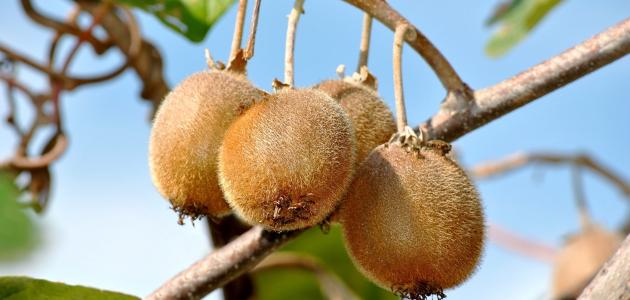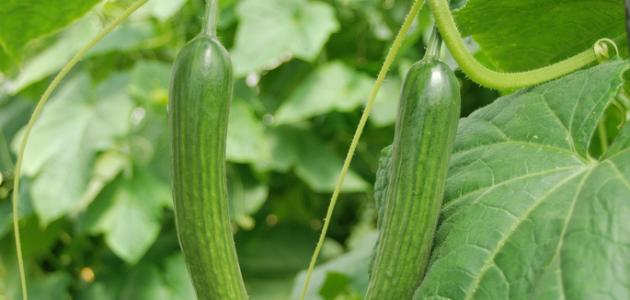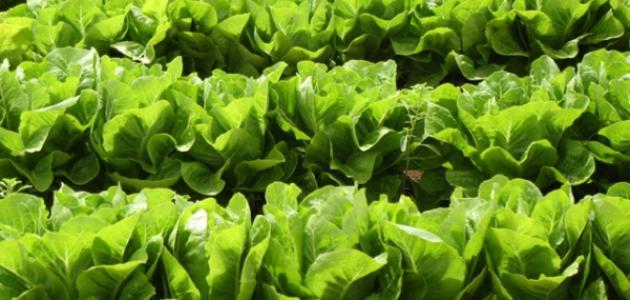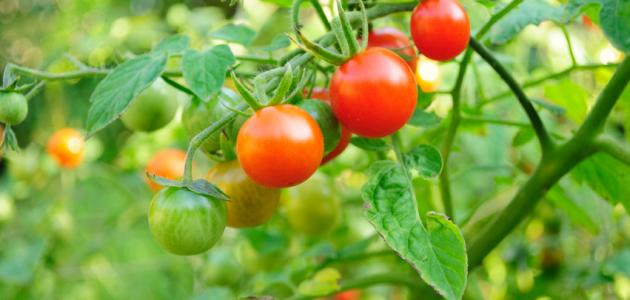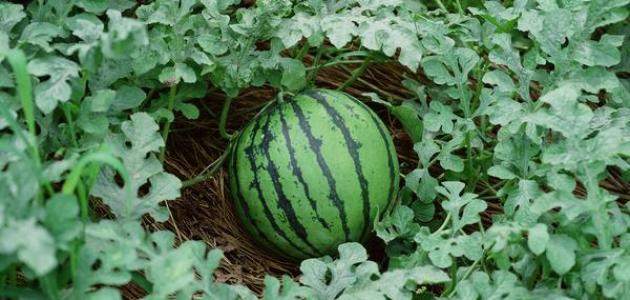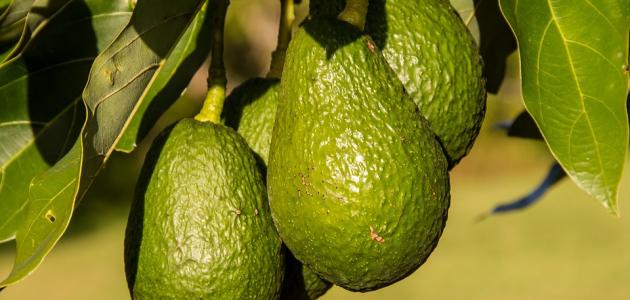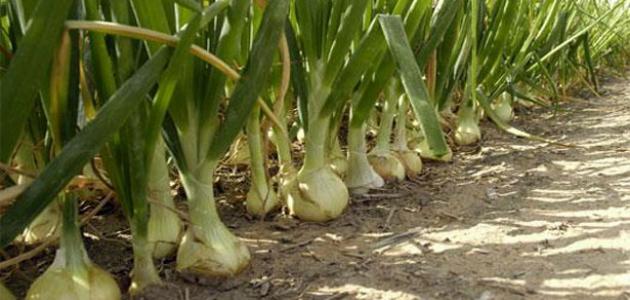Chili pepper
Hot pepper has an important place in international dishes. It is used to give a distinctive and sharp flavor to food. It is also used in preparing some dishes. It grows in many regions of the world, especially in the temperate regions. China, Mexico and Turkey are the most exporting countries. Chili pepper belongs to the nightshade family (in English: Solanaceae), and it is a vegetable of nutritional importance because it contains proteins, minerals and fats, and chili seeds are used as animal feed. Many are interested in growing hot peppers in the garden of the house or in a large land for the purpose of production and sale, and some important steps and criteria must be taken into account to ensure the success of the cultivation of this crop.
How to grow hot peppers
The farmer follows a set of preparatory steps for the production of hot peppers, and recognizes the most important stages that must be implemented before, during and after the cultivation process, to help him obtain a product free of defects, and increase the amount of production, and these stages are as follows:
- Land preparation for planting: The land should be prepared so that it is suitable for receiving seeds and seedlings of hot peppers, and this is done in several steps, including:
- floor cleaning: This is done by removing weeds, plastic waste, and any remnants of previous crops.
- Tilling the soil: Where the soil is disintegrated by its plowing, organic fertilizer is added to it, then the land is irrigated with water and plowed again.
- Land division: Peppers are planted in double lines, where the distance between plants is 40 cm, and the distance between plants and irrigation pipes is 140-150 cm.
- Chili cultivation: After purchasing the pepper seeds to be planted, you should clean your hands well and take several steps to plant them:
- Seed preparation stage:
- Soak the seeds for 5 minutes in a mixture of water and hydrogen peroxide at a ratio of 1:1, in order to get rid of bacteria.
- Seeds are placed in a liquid that accelerates seed germination for a period of 12-24 hours.
- Wash the seeds and place them on a damp paper towel.
- The towel is placed in a transparent, airtight bag, and the bag is placed over an indirect heat source, such as a heat mat.
- Water droplets begin to condense, and seeds begin to grow in this closed system.
- It is preferable to continue to moisten the paper towel to prevent dehydration.
- When white roots appear from the seeds, the seeds are ready for planting, and this stage may take a maximum of 100 days.
- Planting seeds in a container or in the ground:
- Seeds are transferred to the ground or to a pot full of soil, making sure that the root is pointing downward.
- Seeds are covered with soil, and pressed while maintaining ventilation.
- Seeds are constantly watered moderately.
- Planting seeds in trays:
- Mix vermiculite and chemical fertilizer with the soil.
- The trays are filled with soil after checking its acidity, and the surface is leveled by pressing the palms of the hand.
- The soil is watered with water so that it is saturated with it.
- Digging holes in the soil with a depth of 1.5 times the size of the seed, placing the seeds in them and covering them with a light layer of soil.
- Seed care continues until it is ready to be transported to the ground.
- Planting seedlings in permanent land:
- After planting the seeds and growing to a height of 8-12 inches, they are ready to be transferred to a permanent land, or you can buy a ready-made seedling and skip the seed development stage.
- The seedling must be gradually moved to the sun, in order to be given time to adapt to the new environment.
- Fertilize the land with organic fertilizers at planting time.
- Seedlings are planted in well-spaced holes.
- Sawdust is placed on the surface of the soil to keep the roots moist and to reduce the growth of weeds.
- The land is watered sufficiently, and the seedlings are constantly monitored.
- Seed preparation stage:
- Harvesting the ripe crop: The pepper goes through three stages during its growth, and in the first stage it becomes green in color without having reached the stage of maturity, and it retains its green color in the second stage, except that it becomes more swollen, solid and thick, and when the pepper turns red, it is ready to harvest. Pepper is harvested by cutting the fruit with its entire neck, and stored in a place where its temperature is below 7 degrees Celsius.
Chili cultivation requirements
Before starting the cultivation of hot peppers, it is necessary to know the agricultural requirements that pepper needs to grow properly, and the most important of these requirements are:
Read also:How to grow mushrooms at home- Temperatures: Pepper grows in stable temperatures ranging between 25-28°C during the day and 16-18°C at night. And if temperatures rise above 35 degrees Celsius or fall below 6 degrees, the pepper leaves and flowers die, and this also happens if the weather remains cloudy for a long period.
- Humidity: The humidity suitable for the growth of pepper is 65-85%, and its increase can lead to a weakening of the pollen release process, and it may lead to some foliar diseases. As for the lack of moisture, it causes the pollen to dry out and produce a small and distorted crop.
- the soil: Pepper grows best in sandy, loamy soils, and in soils that are highly fertile. Soil pressure must be ensured so that the root can grow comfortably, and the amount of oxygen in it.
Diseases of hot pepper
Pepper is exposed to some diseases and insects that lead to the destruction of the crop. Here is a list of the most important of these infections and ways to combat them:
- Aphid: This insect attacks the sap of the plant, resulting in a weakening of the plant, which appears in the form of curling in its leaves, and it is resisted by removing the infected leaves, releasing a bioparasitoid to eliminate the aphids, and other methods.
- tunnel maker: It is an insect with a length of 2 mm. It lays its eggs under the epidermis of the leaf. The eggs hatch into larvae. They grow on the tissue of the leaf, forming a tunnel behind it that appears in the form of a zigzag white line. It is disposed of using yellow color traps that attract the insect to it, and other means.
- Powdery mildew: This disease appears due to a lack of moisture in the soil, so yellow spots appear on the leaves and they fall off. And the disease is reduced by irrigating the plants well, ventilating the place, and other methods.
- Gray mold: This disease spreads if the plant has high humidity, and a gray or brown velvet cover appears on the fruits and branches. To get rid of the disease, the infected parts must be disposed of, not over-irrigated, and sprayed with a fungicide, in addition to other methods.


